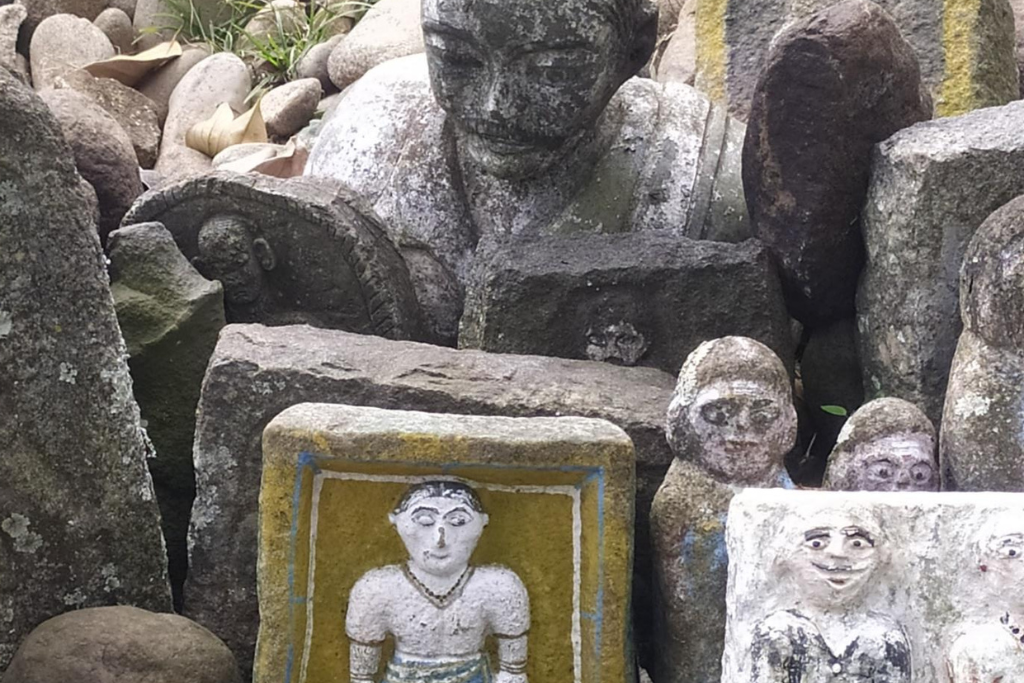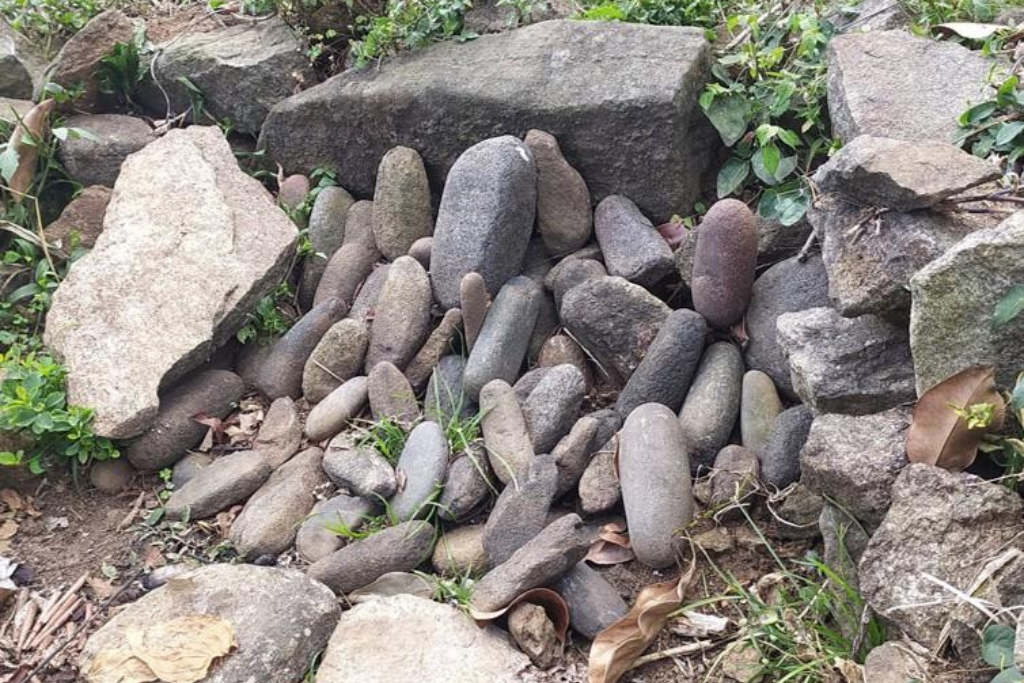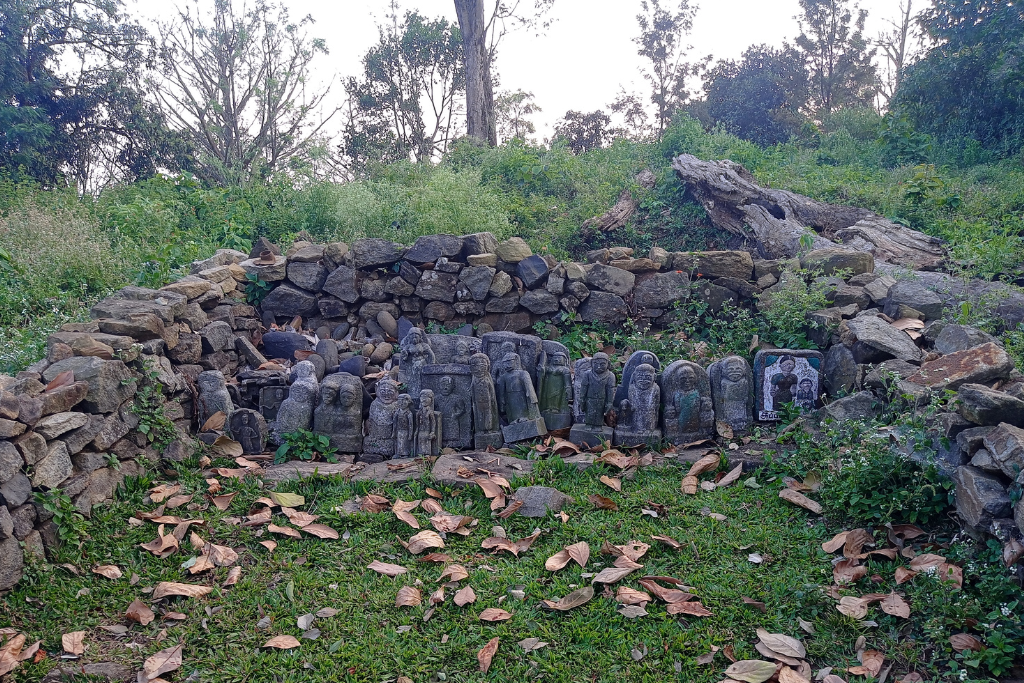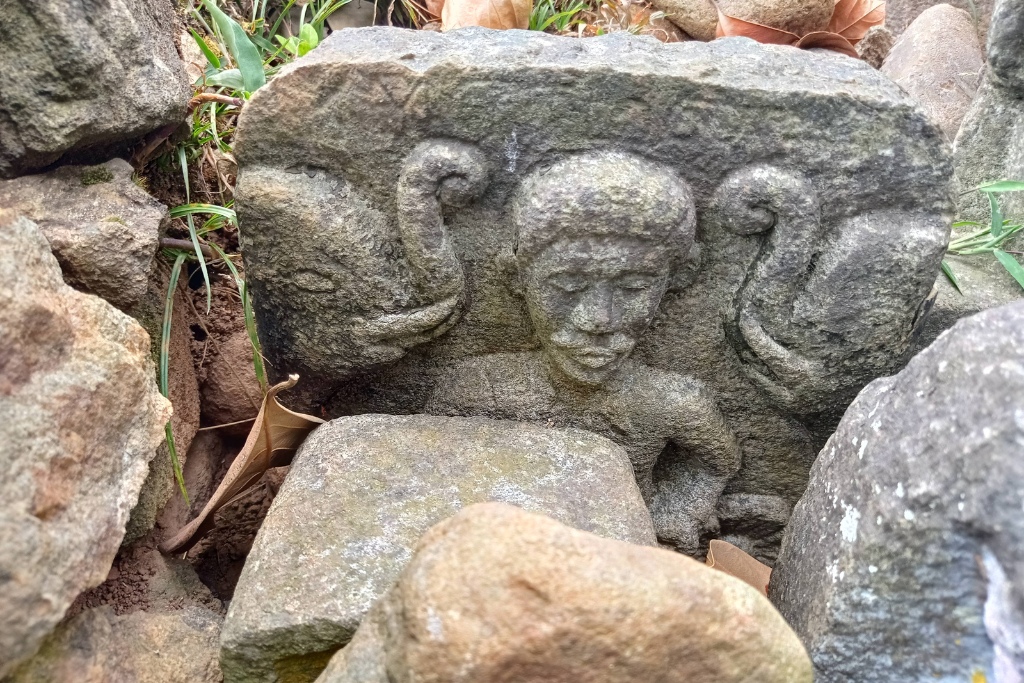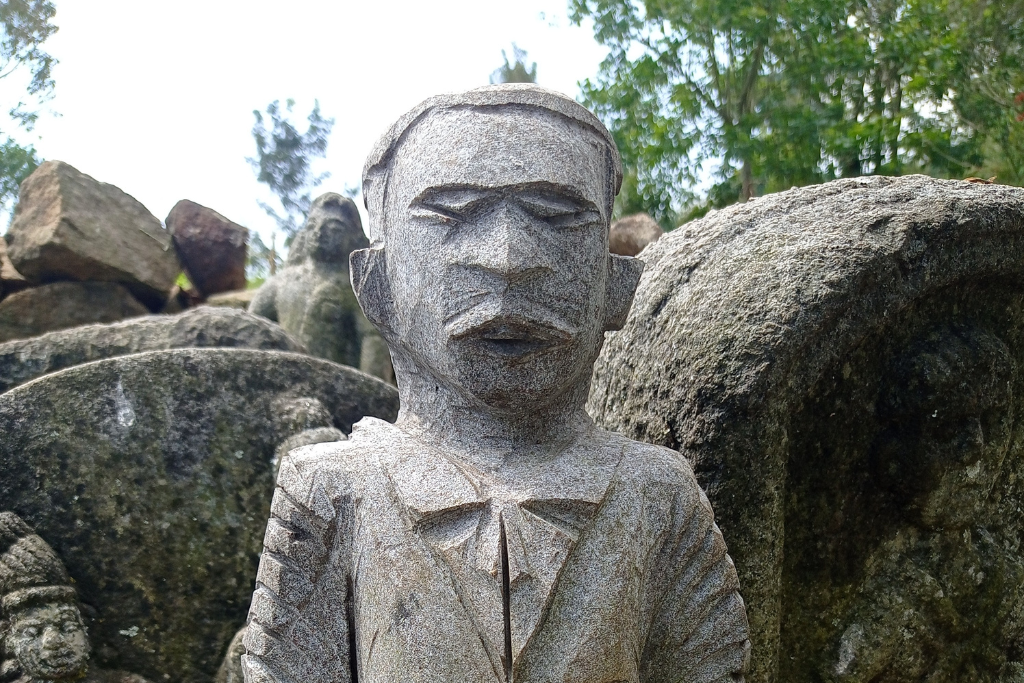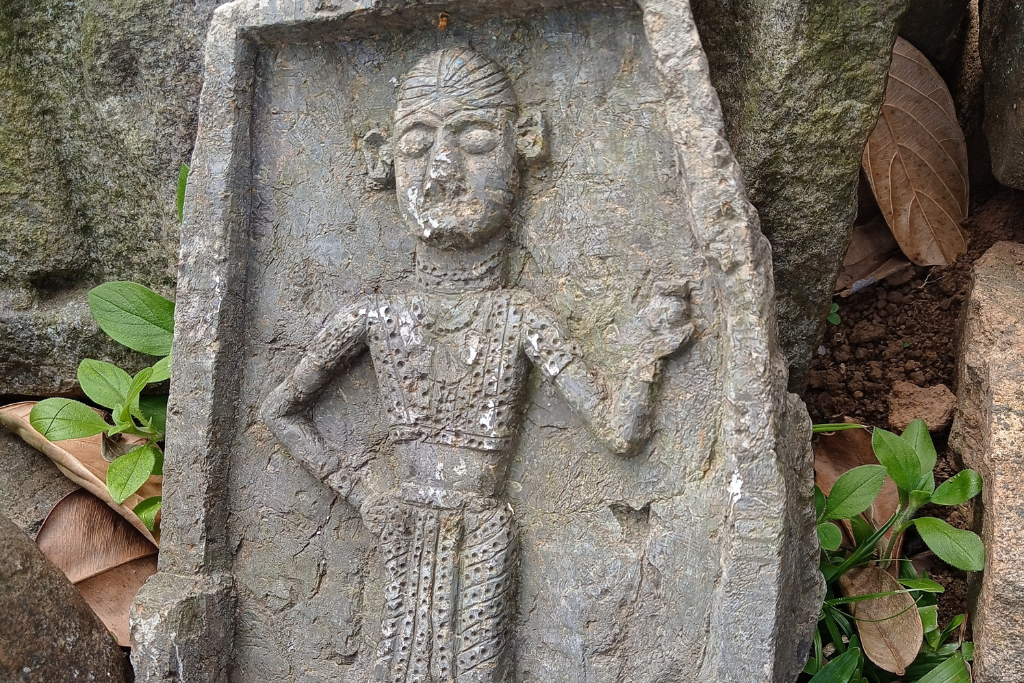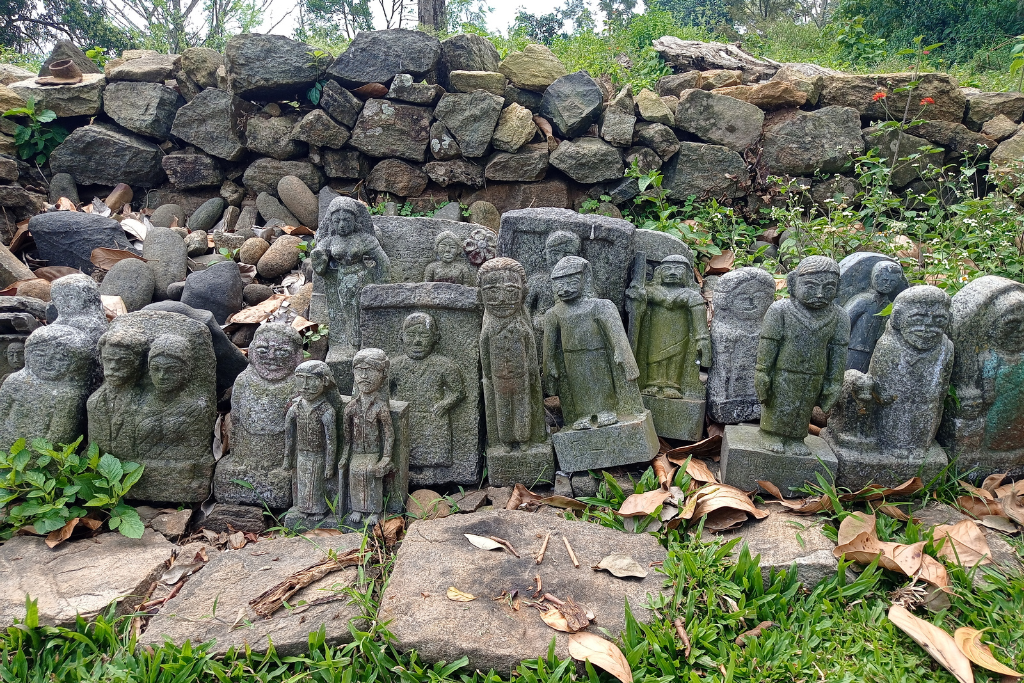
The Irula tribe of Tamil Nadu and their sacred stones
The Irulas worship deceased family members by erecting ancestral stones. The waterworn pebbles and sculptures represent the connection between the living and their forebears.
The Irula tribe residing in the Nilgiris region of Tamil Nadu places great value on the practice of ancestor worship. A Scheduled Tribe, they believe that they cohabit their land with their ancestors, with the latter believed to reside within each seemai – the Irulas’ geographic classification. As a symbolic representation of this belief, they follow the tradition of erecting an ancestral stone they refer to as natta kallu, honouring the dignified passing of a family member.
Traditionally, an area is designated for ancestral worship, where waterworn pebbles collected from the river are meticulously arranged. Each of these pebbles carries a profound meaning, representing an individual who has departed from the family. The act of erecting ancestral stones is accompanied by a grand communal feast, marking the significance of this ritual.
Also Read: The ‘art houses’ of Odisha’s Santal tribe
According to the Irulas’ belief system, this sacred place is where their ancestors continue to reside. Recently, a number of Irula families relocated from the interior forests into more accessible areas, following the government’s efforts to provide housing facilities and alternate livelihoods. Consequently, many of their sacred sites are now situated deep within the forest, far from their current residential areas. Seeking ancestral consent, the Irula tribe has now established a sacred place on the outskirts of their present settlement.
Also Read: Documentary highlights plight of Hakkipikki tribe
Erecting these ancestral stones is seen as a crucial link between the living and the dead. They believe that if an ancestral stone is not placed, the departed soul cannot reunite with their forebears. Seen in the picture is a stone engraved with an ancestor with two elephants paying respect.
Also Read: Bengal’s Sabar tribe struggles for survival
In more recent times, there has been a transformation in the way these ancestral stones are crafted. Traditional waterworn pebbles have been replaced by anthropomorphic stones, sculpted with precision to resemble the departed ancestors. Furthermore, the names of the deceased individuals are either painted or engraved onto the lower section of each stone in Tamil language.
Also Read: How Odisha’s Kondh tribe resolves conflicts
Notably, the way in which the modern-day ancestral stones are adorned with clothing and ornaments underscores the influence of Sanskritisation and Westernisation in the evolving cultural and artistic expressions of the Irula community.
Also Read: Bridal jewellery made with dried palm leaf?
The lead image at the top shows the ancestral stones placed by the Irulas at a sacred space and a camphor stone, where camphor is burned to pay obeisance.
Text and photos by Nagarajan R. Durai, who works as a research assistant at the Centre for Socioeconomic and Environmental Studies, a Kochi-based non-profit organisation.
